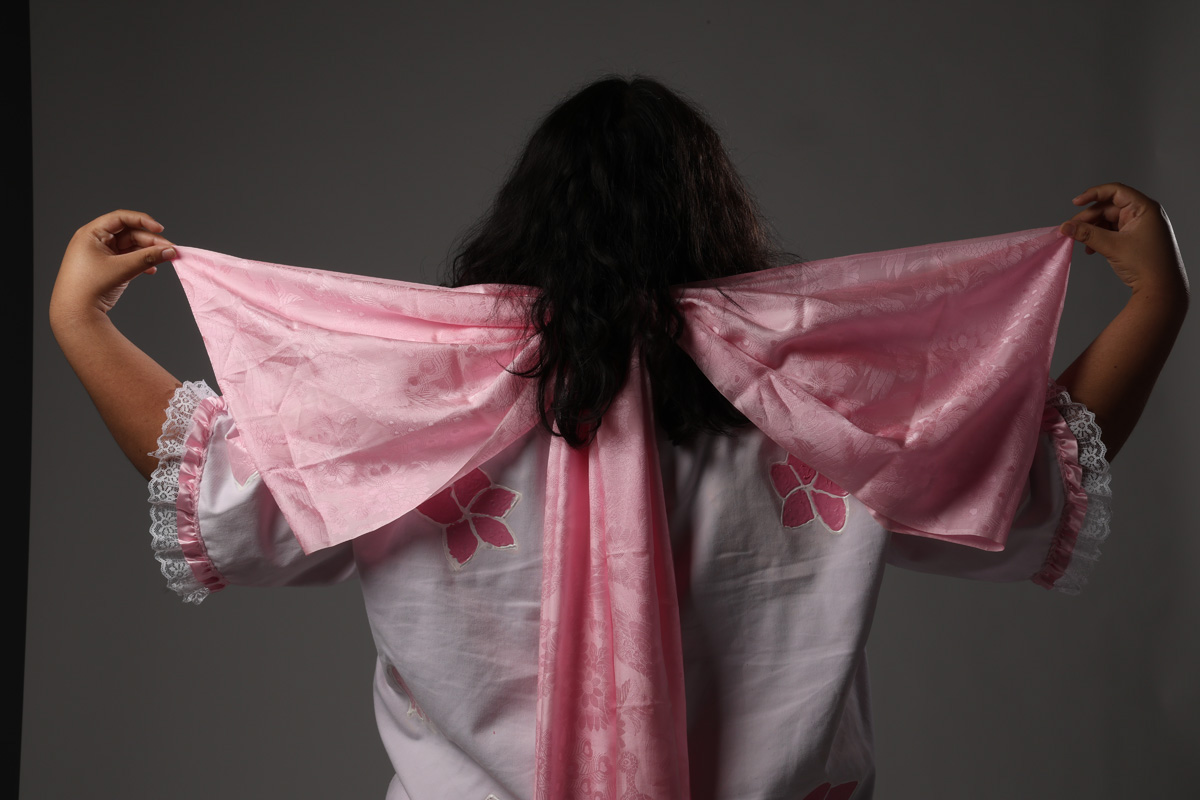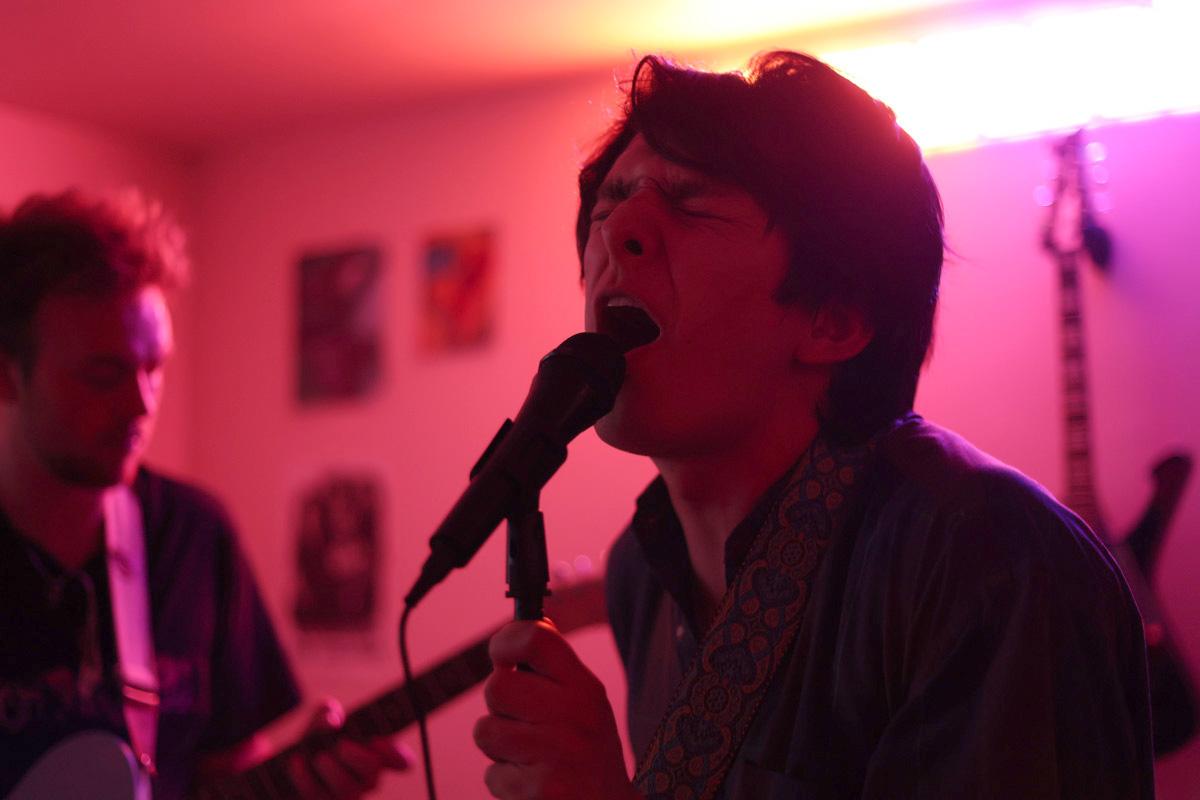
On the basketball court underneath the Interstate 280 overpass, men and women gather on a chilly September evening and introduce themselves twenty minutes before the last practice at Mission Bay Creek Park. There is a mix of old and new players from Street Soccer USA (SS USA). A tall man wearing a newsboy cap comes up and introduces himself as Shane Bullock, one of the preliminary candidates to represent the United States at the Homeless World Cup (HWC) taking place in Santiago, Chile in October.
When brothers Lawrence and Rob Cann combined social work with their love for soccer in North Carolina, they found that using the two together kept people engaged, hopeful, and motivated. This realization turned into more teams being brought together, slowly creating the Street Soccer USA organization. When Rob moved to San Francisco, they were able to cover more ground.
Through soccer, the organization aims to help homeless men, women, and youth get their lives back together. They realize that a lot of the homeless are just stuck in a cycle of hopelessness; after being on the street and in shelters off and on for years at a time, they get stuck in a loop, and it becomes their identity.
It took Bullock a while to decide he wanted to join Street Soccer USA. He thought they were just pick-up games and was hesitant about playing for a homeless team. For weeks, recruiters from the organization had been coming around the Saint Vincent de Paul Society homeless shelter – where he had been living for ten months – and when they asked him if he wanted to play, almost saying yes, he said he would take a raincheck instead.
“I didn’t see them for a couple of weeks after that,” Bullock says. “But they came by again, so I decided to go and I’ve been here ever since. I didn’t realize it was this whole thing.”
The twenty-six-year-old joined the program the week of Thanksgiving last year. He explains that when you are in the shelter [at Saint Vincent de Paul of Society] for the night, you have to stay in. So when he first went to practice, it was just to get out.
“I could only read so many books in there,” Bullock says. “I was at the library every day and I would just go there, read books, eat dinner, and just go to sleep.”
According to the Homeless World Cup website, after attending a conference on homelessness in South Africa in 2001, founders Mel Young and Harald Schmied believed the power of soccer can push the homeless into a positive direction. And with the help of seventy partners around the world, they were able to bring the first HWC to Graz, Austria in 2003.
The United States team was picked during the Street Soccer USA National Cup, which was hosted in August by the Street Soccer USA organization in San Francisco.
In the past, the Street Soccer USA National Cup was held at Times Square in New York City but this year was the first time it was held in San Francisco, after it was continuously hosted on the east coast. According to Antoine Lagarde, a coach of the Bay Area team, with the Cann brothers’ connections and networking, Street Soccer USA set up partnerships with the mayor’s office, various members of the board of supervisors, San Francisco Recreation and Parks, corporations, and with the connections in the soccer leagues to get players to participate and help fund the program, making it able to come to life on the west coast. With City Hall as its backdrop, the sixteen teams from all over the country came together at the Civic Center Plaza to celebrate their hard work and showcase to the community that they are more than just homeless.
“Choosing players to represent the country in the HWC is not about who the most skillful player is,” Lagarde says at another practice in Margaret Hayward Playground. “We want to send a message [to the other players] that it’s not about who’s good, it’s the people who are in the program who are doing what they’re supposed to be doing.”
There are three criteria in which a player is chosen. First, what they have achieved off the field: securing housing, a job, and going back to school. Second, how they act on the team: their attitude, teamwork, and if they act as a role model [to other players]. Lastly, playing ability and commitment – even if the player is at a beginner’s level or has just joined the program, showing up to practices and games is critical.
Lagarde, a former player, is now an employee of the organization as a coach, and is also a teacher at the San Francisco Conservation Corps. When he first joined the Street Soccer movement, he was “in a weird transition stage,” struggling with bipolar disorder that led him to destructive behaviors. When he was getting better and on the path out, he was an assistant teacher, and a lot of his students that were in gangs were having issues. With his love for soccer, Lagarde, along with a case manager, started a soccer team, and ended up going to Washington, D.C. to compete in the National Cup. Soon after that he went to the 2011 Homeless World Cup in Paris to coach the US team under the Eiffel Tower.
“With what I learned as a player, I try to transmit to the current players,” Lagarde says. “Players who represent the country become ambassadors and serve as role models to the other players.”
“What we do that’s different— we realized that a lot of these players are numb. They’ve given up, they don’t want to feel the pain and would rather shut it off, and not have too many expectations. So when they step on the soccer field, their emotions come out again- they’re happy, they’re sad, they’re passionate, they enjoy life, they want to taste more of it.”
Street Soccer USA supports and gives those in the program “tough love,” Lagarde says. He explains that they check in on them, ask about appointments, or ask about cutting down on drinking. Other players on the team encourage them to keep that motivation and help with the resources they need to get that focus back in their lives. After a year in the program, 75 percent of the players reach their main goals: housing, getting sober, going back to school, reuniting with family, and obtaining full-time employment. The struggles of the other 25 percent are related to alcohol, drugs, or various types of mental illnesses.
“Even in a city like San Francisco, with all these social services, there’s very little funding when it comes to mental health issues,” Largarde says.
The organization is funded through grants, churches, private donations, and a for-profit soccer league called “I Play For,” where they have multiple games throughout the year. Grants from the US Soccer Foundation helped fund the Street Soccer court at Margaret Hayward Playground that was installed over the summer, and corporations like BlackRock, an investment management company, gave donations. These donations have allowed them to hire coaches and have scholarships so that some of the players can pay for college books, buy clothes for interviews, get IDs, or pay off tickets. Sponsors also give funds for uniforms, cleats, and some of the travelling expenses.
According to the 2013 Annual Homeless Assessment Report (AHAR) to Congress by the United States Department of Housing and Urban Development, there were over six hundred thousand sheltered and unsheltered homeless in a single night in January last year, seeing a decline since 2010. California had the highest rate of homelessness, representing 22 percent of the homeless population, and even though the country as a whole saw a decline, the Golden State had an increase in homelessness second behind New York between 2012 and 2013. San Francisco has one of the highest homeless populations amongst United States cities.

At the September practice at Mission Bay Creek Park, while the players got acquainted with one another, a man with blonde hair down his neck set up perimeter with small orange cones around half of the basketball court. He then gathered everyone in a circle and introduced himself to the newcomers as Benjamin Anderson. In the circle, Anderson asked each person to say their name and pick a stretch to do, with each person after having to repeat everyone’s name of who went before him or her.
“Support is really important when you’re trying to make a change in your life,” Anderson says, almost shouting to the small group, competing with the noise of cars and trucks exiting the freeway directly above.
After hearing about the organization a year ago, Anderson contacted the director of the program and has been involved as a Street Soccer coach ever since. To him, the biggest thing about Street Soccer is that it creates a community of support and gives the homeless a reason to get out of the shelter and engage in a healthy activity. Those individuals who continuously come to practice then become friends, help each other, and become each other’s support system, Anderson says.
“Collectively, we do some goal setting and life skills coaching,” Anderson explains. “And then the community kind of helps hold the players accountable to reaching those goals through positive reinforcement, encouragement, and it instills a sense of confidence in the players.”
After engaging with homeless players for a year, the twenty-eight-year-old thinks the biggest struggle is the fact that they do not have a lot of motivation.
“A lot of these folks are in the shelter and looking for work and they’re continually demoralized because it’s difficult to get your feet on the ground,” Anderson says. “San Francisco is a really expensive city. The job market isn’t the best for entry-level employment. So a lot of players get discouraged when they do make the attempts to improve their situation.”
One player from the Saint Vincent de Paul Society homeless shelter had just joined practice that afternoon when Anderson and Bullock came to ask if anyone wanted to play soccer. “I just wanted to relax on my day off,” Aldo Sanchez says, about joining the group.
Earlier, he looked up at the building on the other side of the court and asked another player how much he thought it was to live in the luxury apartment. The Edgewater Apartment on Berry Street he was referring to ranges from $3,224 for a one bedroom to $4,428 for a two bedroom. Sanchez came to the city from Las Vegas last month, and Long Beach, California before that.
“I don’t think about what we do,” Sanchez says, unsure if he wants more out of it. “I just like to go with the flow.”
Bullock was at the shelter for ten months before moving into his single room occupancy. Now an employee of Street Soccer USA, he is able to make enough for the necessities he needs to get by. Before San Francisco, he was living in Sacramento with his older brother and moved down when he realized his younger brother needed help.
Not wanting to go into detail regarding his brother’s status, Bullock says, “I don’t want people judging him for the situation he’s in.” He did not have money saved up when he came down, and neither him or his brother saw it as a “viable option” to live together, and as a result, Bullock found himself homeless.
“There wasn’t really anyone here for him, or at least that’s how he felt,” Bullock says, looking down at his hands. “And so I took it upon myself to come down here.”
It was overwhelming for him to be chosen for the Homeless World Cup. He says that he is only an alternate and will not play unless someone else cannot, but he is excited to watch his teammates from other cities across the country play. He has never been to South America, but he has been to France, Italy, Austria, and Switzerland for a People to People program, which gives students the opportunity to learn about other cultures through traveling and giving them the chance to gain hands-on experience of what it is like to live in another country.
“I haven’t had a specific goal I wanted to reach in my life,” Bullock says. “But the reason I came to San Francisco was to help my brother, so that’s my goal right now — Just to get him going better.”
Inside the barriers of the street soccer court at Margaret Hayward Playground, where names of their sponsors and crests with bold words such as “OPPORTUNITY,” “SUPPORT,” and “HOPE” wrap around the sides, players and a new volunteer huddle in the center where the Street Soccer USA logo lays to listen to the coach at the end of practice. Lagarde shouts, “We all play for change in our lives—everybody put their hands in—”
“One, two, three, CHANGE!” everyone chants loudly in unison.








